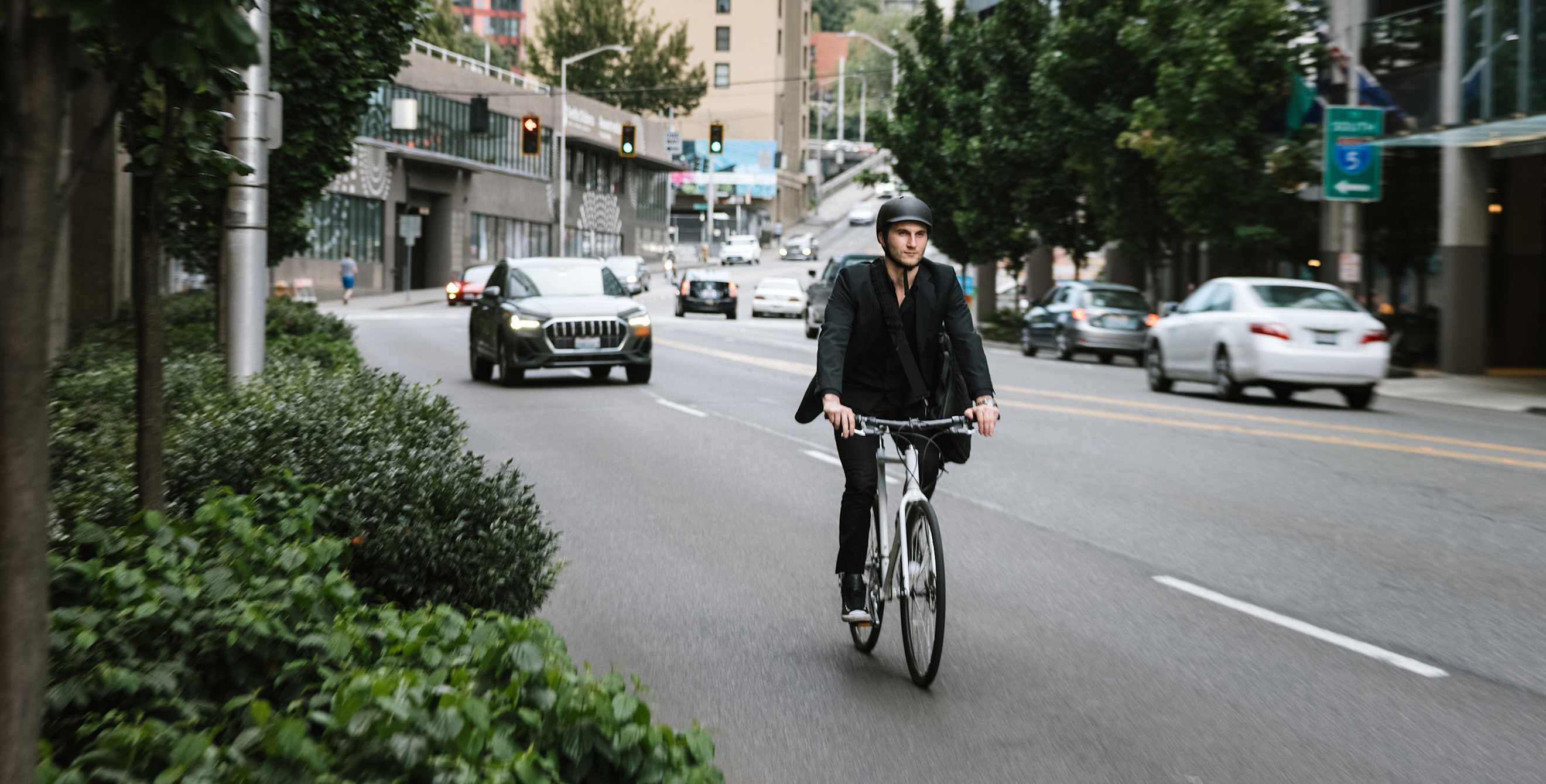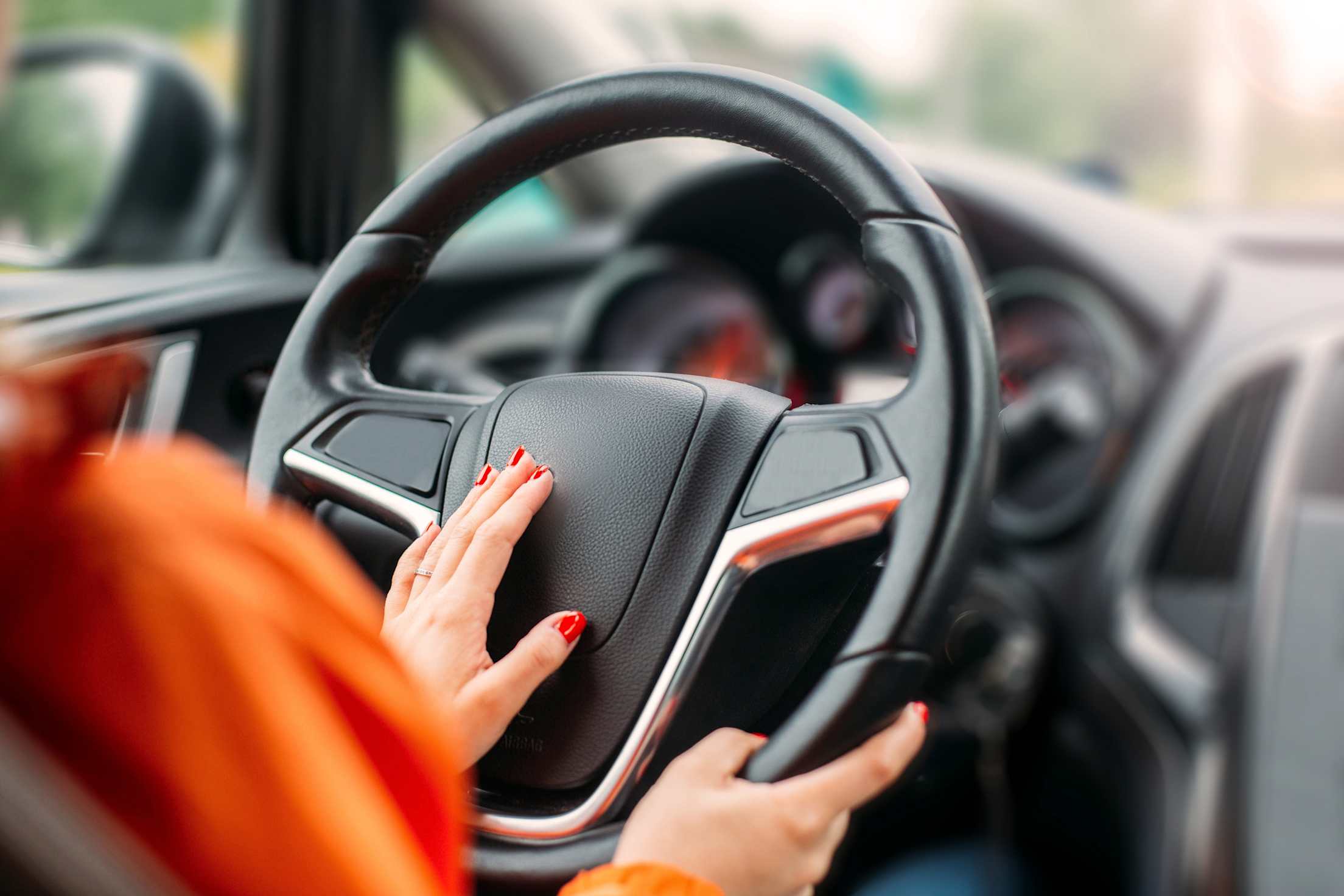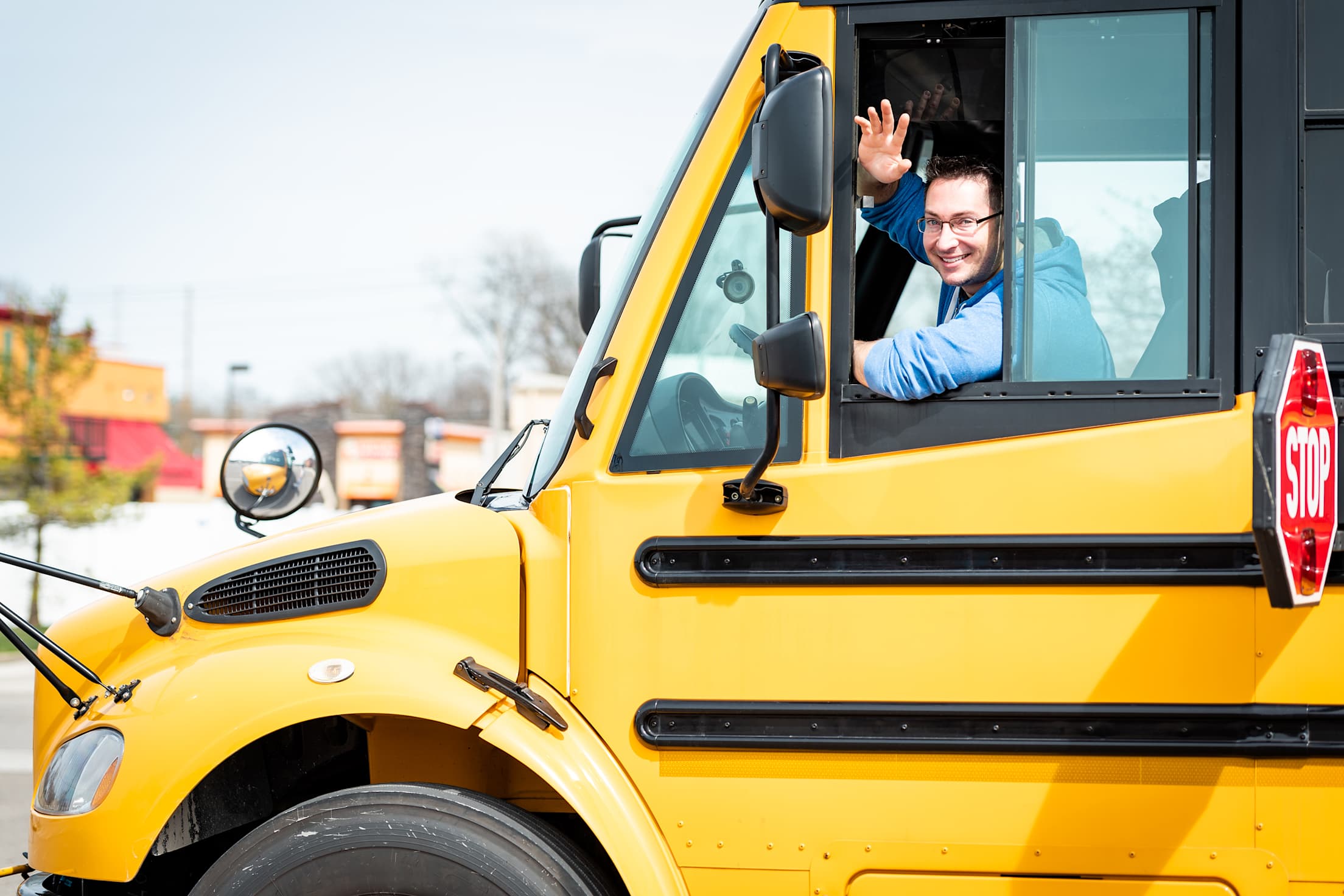
How to Effectively Communicate on the Road
Here's when to use your horn, hazard lights, and more.

Proper communication, whether you're driving or riding a bike, can keep you and other road user safe. In addition to turn and hand signals, lights and other helpful gestures share your intentions, avoid accidents, and keep traffic moving.
“Traffic will flow much smoother when there is communication among road users, and the risk of a collision will be much lower if there’s communication as well,” he says.
Here’s how and when to use hazard lights and other safety gestures to communicate on the road.
Hazard Lights
Emergency flashers can be powerful tools to alert others of a problem with your vehicle or an upcoming obstacle or hazard, such as a traffic collision. However, the laws around hazard lights vary. Most states in the West—including California, Montana, Oregon, and Wyoming—allow drivers to use their orange emergency flashers any time a potential danger arises. But Arizona and Nevada do not permit drivers to deploy hazard lights while their vehicle is moving. Wherever you are, the law requires you to activate the emergency flashers whenever your vehicle is unexpectedly stopped in the road or on the shoulder.
If you’re riding a motorcycle without flashers, tap the brakes a few times to make the tail lights flash briefly. Or, as you would when riding a bicycle, use hand signals to alert drivers behind you that you are slowing down or stopping. You can also point at the obstacle or move your hand up and down parallel to the road—as if you are patting a dog on the head—to alert other drivers that they should slow down.

Use your horn to warn drivers of a potential collision.
Horn
Honk your vehicle’s horn to alert other drivers of an impending collision, so that (ideally) everyone can respond quickly and avoid the incident. You may also tap the horn to nudge a distracted driver at a stop light or sign, Van Tassel notes. Do not honk at or near a cyclist or a pedestrian unless absolutely necessary; its loud blast may startle them and put them at greater risk by causing them to lose control, stop suddenly, or divert their attention from other traffic.
Bells
Like a car horn, a robust bike bell can be a key communication tool. Use a short ring to alert other cyclists and pedestrians to your presence when passing or turning blind corners, Dewey says. If your bell is loud enough, you can also use it to make drivers aware of your presence or a dangerous situation, Van Tassel says. Cyclists are often obscured by driver’s blind spots, and a loud bell and your voice can ensure you are “seen” even when out of sight. “You shouldn’t give up your voice when you have a bell on your bike,” says Dewey, “you should be using both.” She recommends yelling, “I’m here, I’m here!” or “On your left!” to call attention to yourself when appropriate.
Eye Contact
Eye contact establishes that you’ve been seen and it’s safe to proceed, whether you are driving a car, riding a bike, or crossing the street. “[Eye contact] is a really effective way of seeing if the road users around you are paying attention and notice you,” Dewey says.
Pulsing Brake Lights
Tap your brakes a few times to give drivers behind you a heads up that you are slowing down or that there’s a hazard ahead, such as debris or an animal in the road. Cyclists can use a flashing red rear light at all times to increase visibility. “Sometimes blinking draws a little more attention than just a solid light,” Dewey says. “That’s why emergency vehicles flash.”

A friendly wave can go a long way on the road.
Waves
Waving can communicate a variety of safety messages. It’s often used to give the right of way to another driver, pedestrian, or cyclist. A wave can deescalate a potentially tense situation by standing in as an apology or recognition of a mistake. A wave can also deliver a simple thank you, and, as such, really can’t be overused.
Flags
Red or orange flags are required in most Western states when a load extends four feet or more from the end of a vehicle. (At night, red lights are also required on the end of the load.) You may also see a red or orange flag on a recumbent bicycle or a bike trailer. Since both are often lower than many vehicle windows and therefore more difficult to see, Dewey recommends using a securely attached extended flag to help ensure they are seen.
Exceptional coverage. Expert service. Extra savings.
AAA Auto, Home, and Life Insurance.